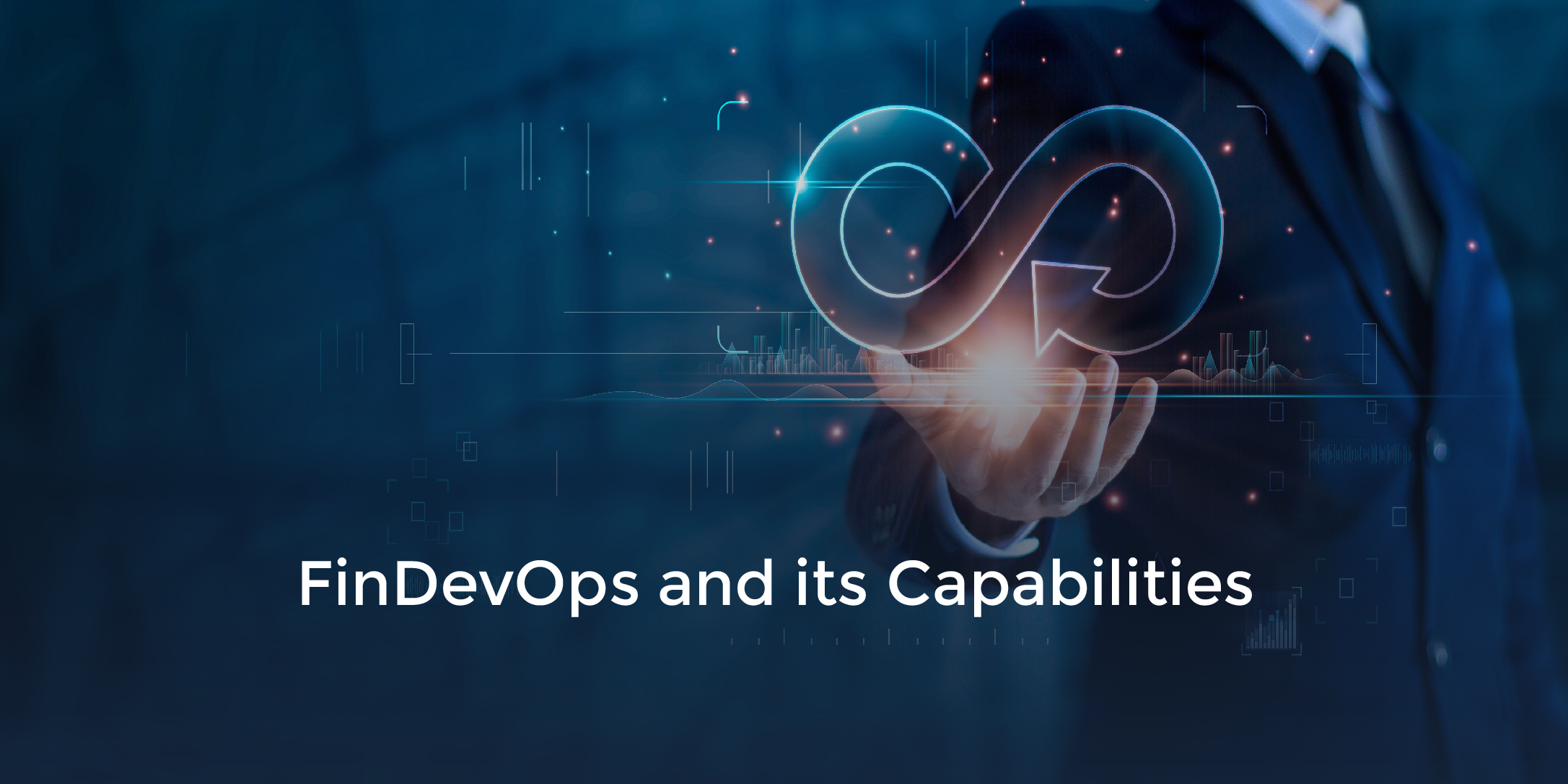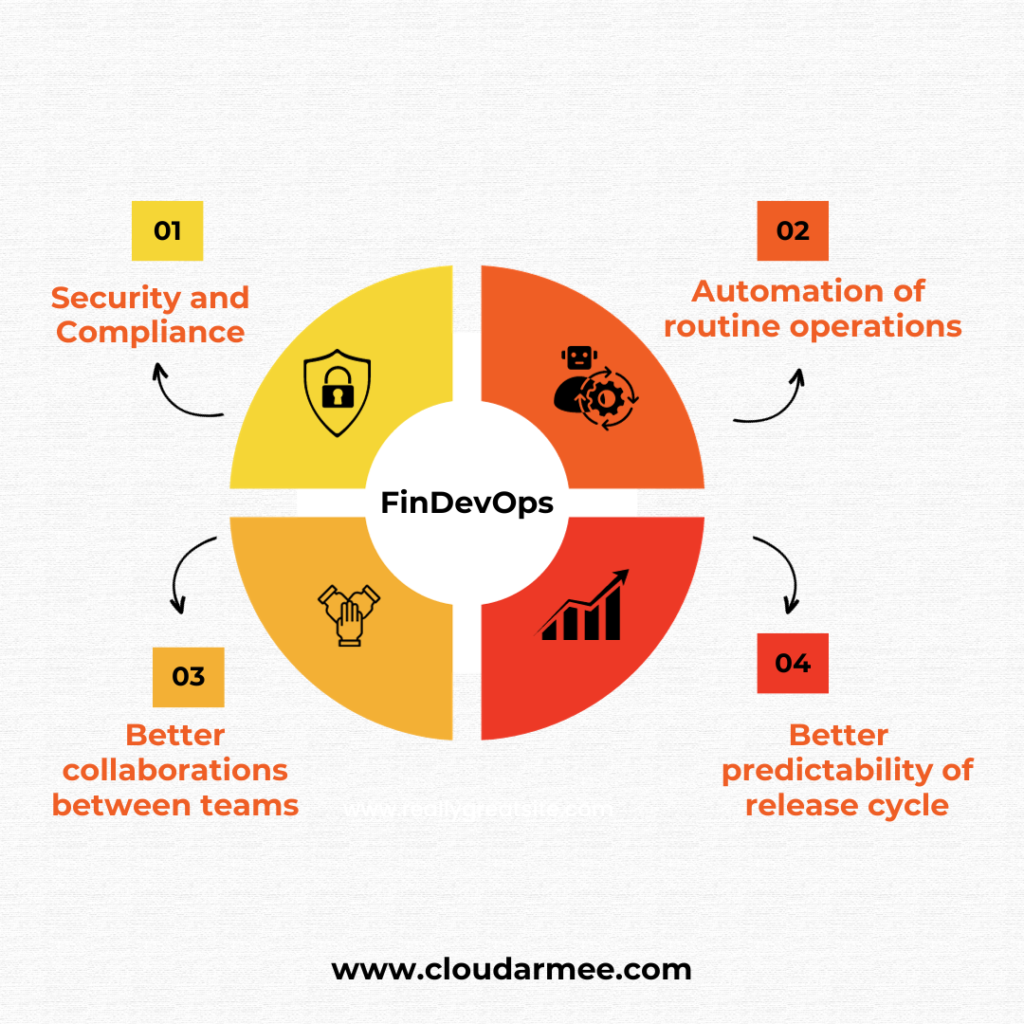
The burgeoning global DevOps market is poised to soar beyond the $25.5 billion mark by 2028. Despite this remarkable growth, conventional cost management solutions appear to be lagging behind in addressing the distinctive requirements of DevOps. These solutions predominantly focus on governance, compliance, and reporting, often overlooking the dynamic and iterative nature of DevOps processes, which necessitate a seamless and continuous feedback loop.
While DevOps teams meticulously monitor performance metrics, there exists a conspicuous gap in tools specifically designed to evaluate the financial performance of systems and applications. This omission is noteworthy, considering that financial metrics stand as the paramount yardstick for measuring the success of any business endeavor. In the rapidly evolving landscape of DevOps, where efficiency, speed, and innovation are paramount, the integration of robust financial performance tools is not just a logical evolution but an imperative step towards holistic and sustainable business practices.
FinDevOps is the next leap in application development and operations. Expanding on the fundamental principles of DevOps, which encompass a holistic system focus, feedback loops, and a culture of experimentation, FinDevOps introduces a revolutionary dimension by seamlessly integrating financial considerations. It embodies the essence and processes of DevOps while adding the critical element of measuring operational costs, enhancing the DevOps experience by 100%.

When operational costs become a facet of DevOps, they emerge as a potent and straightforward key performance indicator (KPI). Metrics like cost and revenue, quantified in dollars, stand as pivotal measures alongside errors, latency, and invocations, often holding greater significance due to the overarching influence of unit-dollars. Transforming every system alteration into measurable dollar value, FinDevOps addresses the question: why aren’t we already measuring in dollars? Harnessing the insights derived from dollar metrics empowers effective management of cloud systems and applications, including cost considerations right from the inception of the process.
Collaborative Knowledge
Having comprehensive insights into the inventory of resources across your cloud environments, their interconnections, and associated costs forms the cornerstone of “single source of truth” for FinDevOps. Instead of engaging in blame games when discrepancies arise regarding the actual costs of your systems, a unified source of truth facilitates constructive dialogues and seamless integration with the DevOps process. Picture deploying a resource—any resource—and instantly witnessing its cost or implementing a code or configuration alteration and immediately observing its impact on cost. This marks just the initiation; when coupled with understanding relationships, you gain the ability to discern how a modification to one resource ripples across and influences the costs of others.
Persistent Cost Management
Understanding authentic costs, anomalies, and trends provides crucial insights, but the question remains—where do you initiate actions to troubleshoot or enhance your framework? Perhaps you currently utilize a DevOps tool to monitor performance metrics, and this tool aids in pinpointing the source of an issue, be it errors or CPU usage. A FinDevOps tool needs to perform a parallel function. By enabling the direct observation of costs linked to your system and configuration, you can swiftly optimize your framework and exercise control over operational expenses.
Budget Monitoring
Understanding the accumulation and contributors to your expenses provides insights into how your operational costs align with the budget, to some extent, in the future. Furthermore, if you employ a multi-account approach with consolidated billing and need to apportion costs and budgets to various cost centers, having real-time visibility into cost breakdowns enables precise allocation to business units, teams, products, and features.
Expense Forecasting
Gaining insights into and analyzing your expenditures over extended periods will unveil latent patterns and project costs to some extent in the future. Unseen trends may lead to substantial costs as they have accumulated over time. Identifying such trends is nearly impossible visually, and analysis often necessitates the use of AI algorithms. Through pattern recognition and cost forecasting, you and your team can achieve a superior level of control over your expenses, avoiding unexpected billing surprises.
Identifying Irregularities
Having real-time insights into resource costs allows you to observe irregularities in billing patterns. Many cost spikes are challenging to visually identify due to the extensive nature of billing data. The capability to automatically monitor your system costs, pinpoint anomalies within the vast dataset, and distinguish between regular spikes and true outliers aids in effective operational cost management. FinDevOps empowers you to assess the risk to your business posed by different levels of anomalies, ensuring that surprises in end-of-month billing become a thing of the past.
Once your organization attains these five fundamental FinDevOps capabilities, you’ll gain the ability to monitor and control operational costs seamlessly from development to production. A genuine FinDevOps culture necessitates that cost information be as readily available within engineering as performance metrics like errors or latency, and the goal is to make this information accessible and collaborative across all pertinent groups within the organization.
CloudArmee pioneers FinDevOps capabilities for businesses by seamlessly integrating financial considerations into the DevOps process. Leveraging our AWS competency, CloudArmee assists you with cost management and optimization, offering a comprehensive suite of tools and assets designed to streamline your organization and monitor cost and usage data. Our cloud cost optimization solutions not only enhance control through consolidated billing and access permissions but also facilitate improved planning through budgeting and forecasting. Additionally, our services contribute to further cost reductions by optimizing resources and pricing.